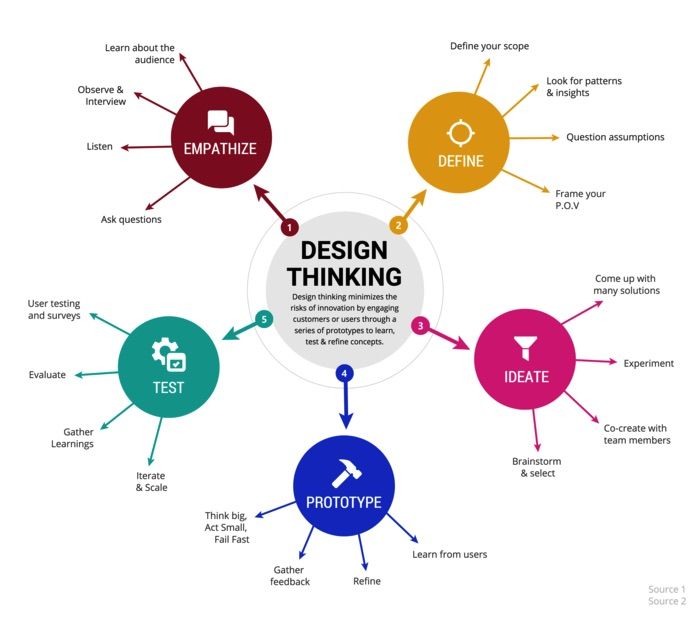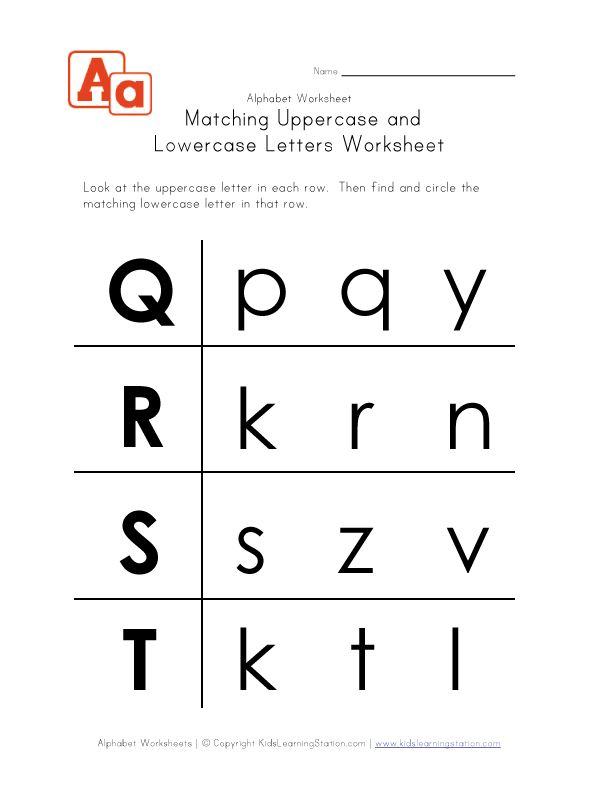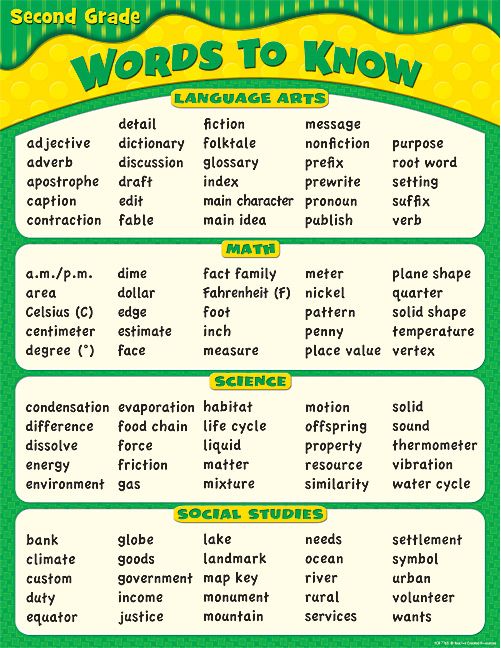Concepts about print strategies
Concepts of Print: Ideas for Teachers
By: Michigan's Mission: Literacy
Discover 20 ways to help children learn about concepts of print — that print carries meaning, directionality in a book, letter and word awareness, upper case and lower case letters, punctuation, and more.
- Provide children with daily opportunities to participate in shared reading.
- Encourage children to bring books from home to share.
- Talk about the children’s own writing and drawings to help them.
- Model as you read that the message is in the print, demonstrating the one-to-one correspondence between spoken and written words.
- Make references to words, spaces, letters, lines of print, left to right, top to bottom, direction of print, in big books that you have read and as you model writing.
- Use environmental print to make references to words, spaces, letters and lines of print.
- Develop the concept of “left to right” by sticking a green dot on the left-hand top corner of the child’s desk to act as a reminder.
- Have children suggest where the teacher should start when transcribing stories or beginning to read their big books.
- Provide opportunities for paired reading. Ask an older student to read while a younger child follows along with his/her finger.
- Count the words in a line of print or clap for each word spoken to help develop the children’s concept of a word.
- Write a child’s news sentence onto sentence strips. Cut one sentence into individual words and encourage children to match words to the sentence strip, specifically using “first word,” “last word.”
- Use name cards, nursery rhymes, room item labels, etc., to help children recognize words that are important to them.
- Build up a bank of words frequently written or recognized by children. Display and refer to them when appropriate. Encourage children to refer to them when they are “writing.”
- Use a variety of incidental activities to develop the concept of letter, e.g., play with letter cars, magnetic letters, plastic letters and alphabet games.
 Demonstrate and discuss that letters go together to make words.
Demonstrate and discuss that letters go together to make words. - Display an alphabet chart and talk about letters in other contexts, making sure the children can see that a letter is different from a word.
- Make available capital and lower case letters of the alphabet for children to use and manipulate.
- Model the use of conventions such as full stops, questions, pauses, etc., in context while modeling reading and writing.
- Make use of quality book and tape sets so that children can hear different interpretations of the print.
- Use elbow macaroni to “make sentences” with quotations and commas.
- Have student’s highlight (specific) punctuation.
Michigan's Mission: Literacy (2016)
Reprints
You are welcome to print copies for non-commercial use, or a limited number for educational purposes, as long as credit is given to Reading Rockets and the author(s). For commercial use, please contact the author or publisher listed.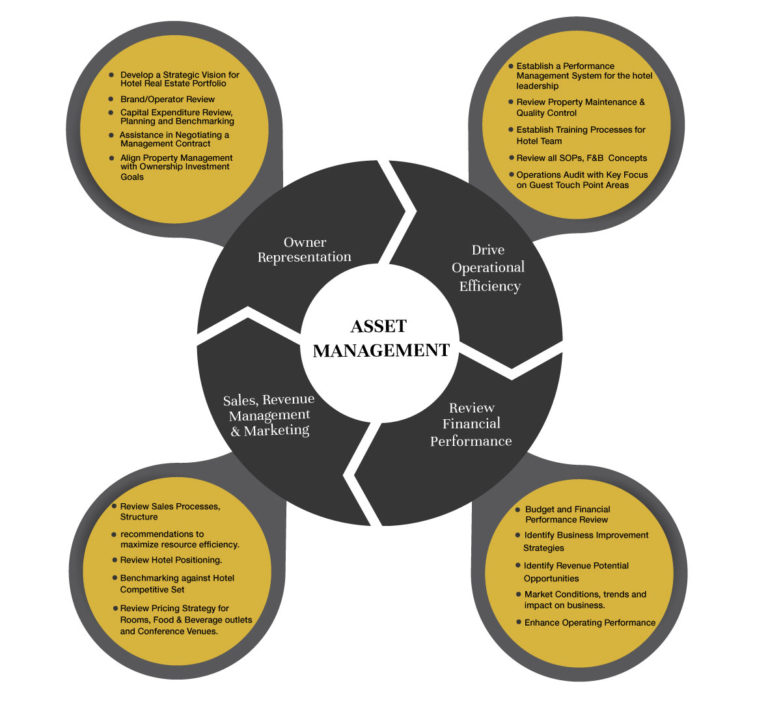
Related Topics
Print Awareness
New and Popular
100 Children’s Authors and Illustrators Everyone Should Know
A New Model for Teaching High-Frequency Words
7 Great Ways to Encourage Your Child's Writing
All Kinds of Readers: A Guide to Creating Inclusive Literacy Celebrations for Kids with Learning and Attention Issues
Screening, Diagnosing, and Progress Monitoring for Fluency: The Details
Phonemic Activities for the Preschool or Elementary Classroom
Our Literacy Blogs
Teaching Students to Use Context
Kids and educational media
Meet Ali Kamanda and Jorge Redmond, authors of Black Boy, Black Boy: Celebrating the Power of You
Get Widget |
Subscribe
Print Awareness: Guidelines for Instruction
By: Texas Education Agency
Print awareness is a child's earliest understanding that written language carries meaning. The foundation of all other literacy learning builds upon this knowledge. The following are guidelines for teachers in how to promote print awareness and a sample activity for assessing print awareness in young children.
The following are guidelines for teachers in how to promote print awareness and a sample activity for assessing print awareness in young children.
Guidelines for promoting print awareness
- The organization of books
Make sure students know how books are organized. They should be taught the basics about books – that they are read from left to right and top to bottom, that print may be accompanied by pictures or graphics, that the pages are numbered, and that the purpose of reading is to gain meaning from the text and understand ideas that words convey.
- Read to students
Read to children from books with easy-to-read large print. Use stories that have predictable words in the text.
- Use "big books" and draw attention to words and letters
Help children notice and learn to recognize words that occur frequently, such as a, the, is, was, and you. Draw attention to letters and punctuation marks within the story.
- Label objects and centers in your classroom
Use an index card to label objects and centers within the classroom with words and pictures.
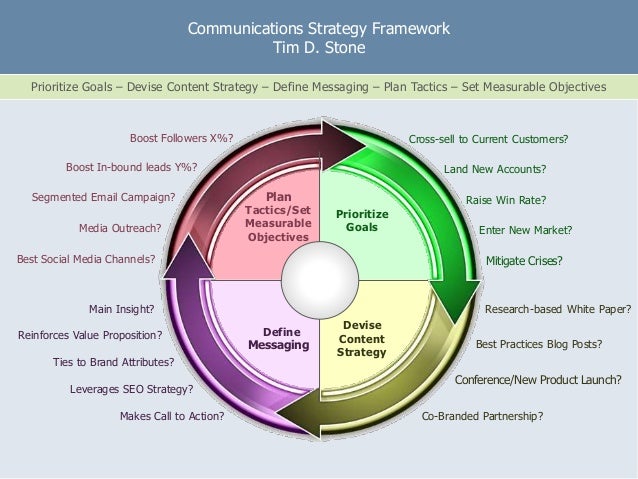 Use an index card with the word "house" for the house center and draw a picture of a house. Draw students' attention to these words when showing them the different centers.
Use an index card with the word "house" for the house center and draw a picture of a house. Draw students' attention to these words when showing them the different centers. - Encourage preschool children to play with print
They can pretend to write a shopping list, construct a stop sign, write a letter, make a birthday card, etc.
- Help children understand the relationship between spoken and written language
Encourage students to find on a page letters that are in their names: "Look at this word, 'big.' It begins with the same letter as the name of someone in this room, 'Ben.'"
- Play with letters of the alphabet
Read the book Chicka Chicka Boom Boom. Place several copies of each letter of the alphabet in a bowl and ask students to withdraw one letter. When everyone has a letter, ask each student to say the letter's name and, if the letter is in his or her own name, have the child keep the letter. Continue until the first child to spell his or her name wins.

- Reinforce the forms and functions of print
Point them out in classroom signs, labels, posters, calendars, and so forth.
- Teach and reinforce print conventions
Discuss print directionality (print is written and read from left to right), word boundaries, capital letters, and end punctuation.
- Teach and reinforce book awareness and book handling
- Promote word awareness by helping children identify word boundaries and compare words
- Allow children to practice what they are learning
Ask them to listen to and participate in the reading of predictable and patterned stories and books.
- Provide practice with predictable and patterned books
Also try using a wordless picture book like Pancakes. Go through each page asking the children to tell the story from the pictures. Write their narration on a large piece of paper. Celebrate the story they authored by eating pancakes!
- Provide many opportunities for children to hear good books and to participate in read-aloud activities
A sample activity for assessing print awareness
Give a student a storybook and ask him or her to show you:
- The front of the book
- The title of the book
- Where you should begin reading
- A letter
- A word
- The first word of a sentence
- The last word of a sentence
- The first and last word on a page
- Punctuation marks
- A capital letter
- A lowercase letter
- The back of the book
Excerpted and adapted from: Guidelines for Examining Phonics and Word Recognition Programs, Texas Reading Initiative, Texas Education Agency (2002).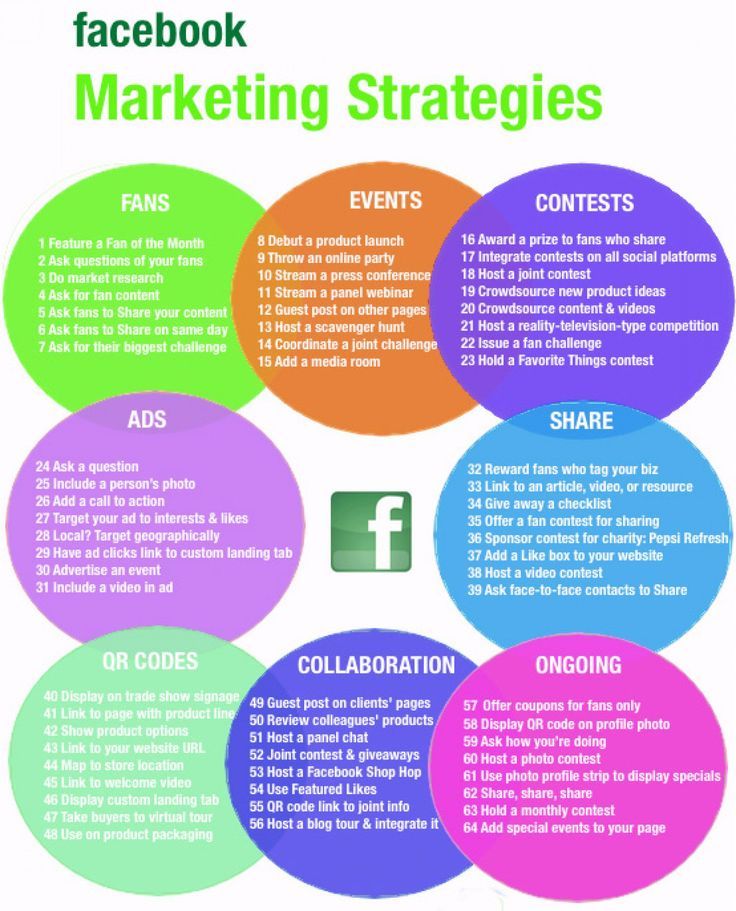 And from: Tips for Teaching Kids to Read; by Ed Kame'enui, Marilyn Adams, & G. Reid Lyon.
And from: Tips for Teaching Kids to Read; by Ed Kame'enui, Marilyn Adams, & G. Reid Lyon.
Related Topics
Curriculum and Instruction
Early Literacy Development
Print Awareness
New and Popular
100 Children’s Authors and Illustrators Everyone Should Know
A New Model for Teaching High-Frequency Words
7 Great Ways to Encourage Your Child's Writing
All Kinds of Readers: A Guide to Creating Inclusive Literacy Celebrations for Kids with Learning and Attention Issues
Screening, Diagnosing, and Progress Monitoring for Fluency: The Details
Phonemic Activities for the Preschool or Elementary Classroom
Our Literacy Blogs
Teaching Students to Use Context
Kids and educational media
Meet Ali Kamanda and Jorge Redmond, authors of Black Boy, Black Boy: Celebrating the Power of You
Get Widget |
Subscribe
Print media strategies in the digital age
The article is devoted to the analysis of the processes taking place with modern print media, considers the main factors of the print media crisis and analyzes the forecasts of their development in connection with the penetration of digital technologies into their activities. Based on the results of research and statistics, the author puts forward the thesis that, despite pessimistic forecasts, newspapers and magazines have prospects for development. To solve the problems of their adaptation in the new conditions, it is necessary to adjust the strategies that will allow them to successfully operate in the digital era and gain new positions.
Based on the results of research and statistics, the author puts forward the thesis that, despite pessimistic forecasts, newspapers and magazines have prospects for development. To solve the problems of their adaptation in the new conditions, it is necessary to adjust the strategies that will allow them to successfully operate in the digital era and gain new positions.
Keywords: digital technologies and mass media, media remediation, modern print media strategies
Modern print media: execution cannot be pardoned
Modern journalism and the media are in a state of transformation unprecedented in history. The idea of D. McQuail that the media are at the center of the intersection of three important forces - economics, politics and technology (McQuail, 2005: 220), is confirmed in practice by the fact that these three main factors with varying degrees of intensity have a decisive influence at various stages for the development of mass media.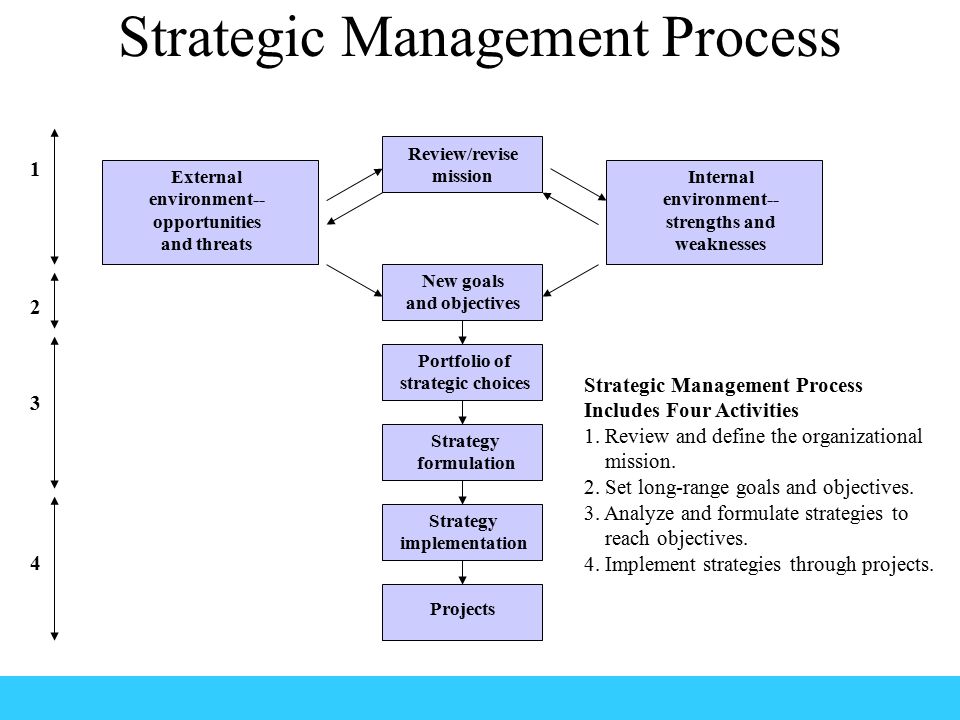 However, the greatest importance in recent decades has been given to the process of penetration of digital technologies into the activities of the mass media and the active formation of a new convergent environment in which the mass media exist and develop (Vartanova, 2012: 7-26; Vartanova, Makeenko, Vyrkovsky, 2011: 32; Feldman, 1996; Flew, 2005). This process already seems quite obvious to students of journalism and mass communication around the world. Russian researchers, in turn, also cite the impact of the information and communication revolution and the rapid introduction of the Internet into editorial practices and classroom consumption as key processes that have influenced the Russian media (Vartanova, Makeenko, Vyrkovsky, 2013).
However, the greatest importance in recent decades has been given to the process of penetration of digital technologies into the activities of the mass media and the active formation of a new convergent environment in which the mass media exist and develop (Vartanova, 2012: 7-26; Vartanova, Makeenko, Vyrkovsky, 2011: 32; Feldman, 1996; Flew, 2005). This process already seems quite obvious to students of journalism and mass communication around the world. Russian researchers, in turn, also cite the impact of the information and communication revolution and the rapid introduction of the Internet into editorial practices and classroom consumption as key processes that have influenced the Russian media (Vartanova, Makeenko, Vyrkovsky, 2013).
The process of modification and modernization of the media in accordance with the requirements of the time is designated in communication science by the term "remediation" (Bolter, 2000; Bolter, Grusin, 2000; Zemlyanova, 2010). This process seems natural for media that are in a state of continuous development, since each new media, as before, continues to compete with the existing ones. At the present stage, the remediation of traditional, first of all, print media has gained tremendous momentum, since the new dynamic media and communication “have enormous potential for transmediatization of all countries and regions of the multipolar world in any direction and for various purposes” (Zemlyanova, 2010: 32 -38).
At the present stage, the remediation of traditional, first of all, print media has gained tremendous momentum, since the new dynamic media and communication “have enormous potential for transmediatization of all countries and regions of the multipolar world in any direction and for various purposes” (Zemlyanova, 2010: 32 -38).
The changes taking place in this regard in the mass media are accompanied by complex and ambiguous processes. On the one hand, there is the formation of fundamentally new types of media with unique qualities - multimedia, unlimited amount of information, interactivity, unprecedented speed of dissemination and delivery of information, and a number of other indisputable advantages. On the other hand, there is a large-scale and fleeting crisis of traditional media, which still make up a more than significant segment of modern mass media, and modern journalism as an institution of society and as a profession. Already at 1990s first, practitioners - journalists and media managers 1 , and then media researchers started talking about the offensive of new media, technologically appropriate to the time, on the "old", traditional media, which are no longer able to compete with them. The process of remediation, in fact, was perceived not so much from the point of view of media renewal, but from the point of view of the fast prospect of “eating old media alive with new ones” 2 . The matrix launched by W. Buffett is firmly rooted and multiplied in public discourse. Forecasts broadcast by media managers, media analysts, media researchers and journalists themselves gradually formed in the public mind confidence in the imminent death of traditional ones, the first in this chain of suicide bombers, of course, were the print media. Confident in a fatal diagnosis, media analysts stated agony. Resources began to appear on the Internet 3 , fixing the next deaths, as well as analyzing the causes and possible consequences of these processes.
The process of remediation, in fact, was perceived not so much from the point of view of media renewal, but from the point of view of the fast prospect of “eating old media alive with new ones” 2 . The matrix launched by W. Buffett is firmly rooted and multiplied in public discourse. Forecasts broadcast by media managers, media analysts, media researchers and journalists themselves gradually formed in the public mind confidence in the imminent death of traditional ones, the first in this chain of suicide bombers, of course, were the print media. Confident in a fatal diagnosis, media analysts stated agony. Resources began to appear on the Internet 3 , fixing the next deaths, as well as analyzing the causes and possible consequences of these processes.
Thus, rather quickly, techno-optimistic sentiments prevailed in relation to the media, according to which the Internet was recognized as the only possible media platform. Supporters of an exclusively digital path of media development have become more and more categorical: bad chief editors, using the past, are killing our future 4 , thus putting society in front of an inevitable, in their opinion, choice: the death of traditional media or the death of the future.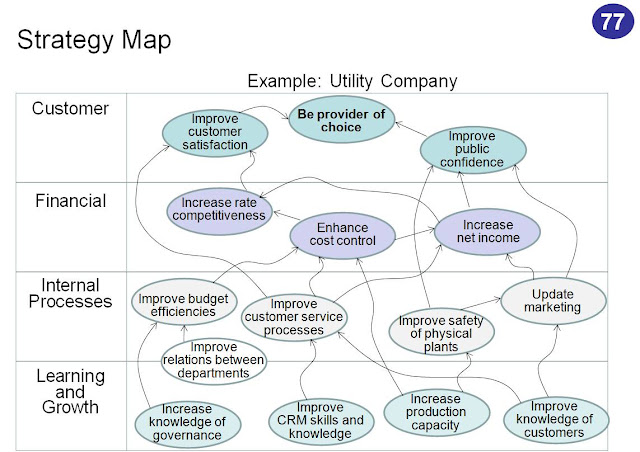 When the question is framed in this way, the answer seems to be predetermined: how can one allow the death of the future? And the sacrifice is not so great: traditional media, like traditional journalism, have outlived their lives anyway, right? Nevertheless, opponents of the supporters of total digitalization put forward arguments for the possibility of parallel development of media on different platforms. They believe that the Internet is the same invention that radio and television used to be, it will not be able to kill traditional media, since no new media platform has killed another before. In addition, they believe that with the departure of traditional media, society will suffer significant losses, which will seriously affect its development. Conducted by researchers and the thesis that exclusively commercial interest cannot be placed in the center of the media activities. In the article “The Future of Journalism: Networked Journalism”, B. van der Haak, M. Parks and M. Castells try to formulate an answer to the question: why is traditional journalism in crisis (Haak van der, Parks, Castells, 2012).
When the question is framed in this way, the answer seems to be predetermined: how can one allow the death of the future? And the sacrifice is not so great: traditional media, like traditional journalism, have outlived their lives anyway, right? Nevertheless, opponents of the supporters of total digitalization put forward arguments for the possibility of parallel development of media on different platforms. They believe that the Internet is the same invention that radio and television used to be, it will not be able to kill traditional media, since no new media platform has killed another before. In addition, they believe that with the departure of traditional media, society will suffer significant losses, which will seriously affect its development. Conducted by researchers and the thesis that exclusively commercial interest cannot be placed in the center of the media activities. In the article “The Future of Journalism: Networked Journalism”, B. van der Haak, M. Parks and M. Castells try to formulate an answer to the question: why is traditional journalism in crisis (Haak van der, Parks, Castells, 2012). In their opinion, this "crisis" is connected with the business model inherent in traditional media. Since anyone can now get information from a variety of sources, most of which are free, their willingness and willingness to pay for information is diminishing. Therefore, they are less likely to choose newspapers, magazines and even television as a source of information. And advertising follows readers, viewers and users on the Internet. This calls into question business models based on the sale of advertising space in newspapers and television. The authors come to the conclusion that the crisis of the media industry is not necessarily also a crisis of journalism. However, many professionals still feel that journalism is in crisis. Why? Media managers are cutting costs, not investing in training employees, but at the same time they want their efficiency and profit from it to continue to grow. According to the Pew Research Center, since 2000 in the United States the number of full-time journalists in newspaper editorial offices has decreased by more than 18%, and in 2012 alone - by 6.
In their opinion, this "crisis" is connected with the business model inherent in traditional media. Since anyone can now get information from a variety of sources, most of which are free, their willingness and willingness to pay for information is diminishing. Therefore, they are less likely to choose newspapers, magazines and even television as a source of information. And advertising follows readers, viewers and users on the Internet. This calls into question business models based on the sale of advertising space in newspapers and television. The authors come to the conclusion that the crisis of the media industry is not necessarily also a crisis of journalism. However, many professionals still feel that journalism is in crisis. Why? Media managers are cutting costs, not investing in training employees, but at the same time they want their efficiency and profit from it to continue to grow. According to the Pew Research Center, since 2000 in the United States the number of full-time journalists in newspaper editorial offices has decreased by more than 18%, and in 2012 alone - by 6.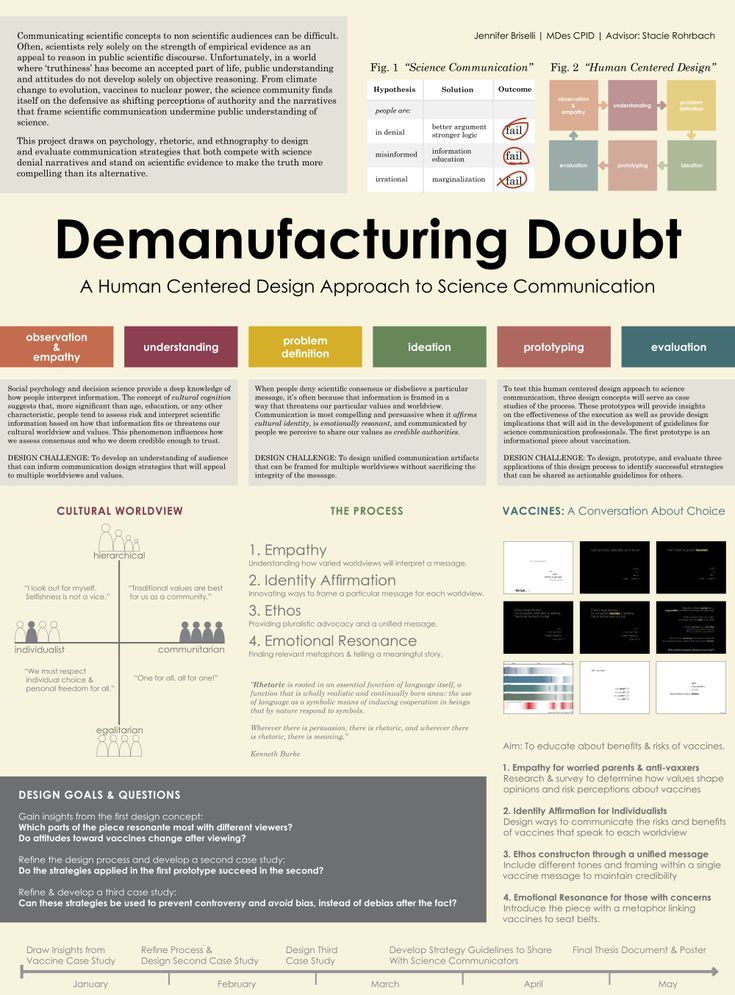 4% 5 . The competition among journalists is growing, their working conditions are deteriorating and workloads are increasing, and for reasons of economy, no more funds are invested in staff training, as a result, the overall level of quality of journalism is reduced. Of course, it is difficult to assess this level, but there are still some signs: there are fewer points of view in publications, the facts are increasingly under-verified, there is no more compelling storytelling that distinguished print journalism in its best days. If the trend continues, it will lead to a real crisis in journalism (Naak van der, Parks, Castells, 2012). Thus, the authors of the article return us to the concept of journalism as a public good, emphasizing that in a democratic society the main goal of journalism is not economic profit, but the production of reliable news and the analysis of information. Public benefit journalism should remain accessible and likely supported by alternative sources of funding.
4% 5 . The competition among journalists is growing, their working conditions are deteriorating and workloads are increasing, and for reasons of economy, no more funds are invested in staff training, as a result, the overall level of quality of journalism is reduced. Of course, it is difficult to assess this level, but there are still some signs: there are fewer points of view in publications, the facts are increasingly under-verified, there is no more compelling storytelling that distinguished print journalism in its best days. If the trend continues, it will lead to a real crisis in journalism (Naak van der, Parks, Castells, 2012). Thus, the authors of the article return us to the concept of journalism as a public good, emphasizing that in a democratic society the main goal of journalism is not economic profit, but the production of reliable news and the analysis of information. Public benefit journalism should remain accessible and likely supported by alternative sources of funding. Then the crisis of traditional business models of journalism will not affect the interests of journalism and society as a whole.
Then the crisis of traditional business models of journalism will not affect the interests of journalism and society as a whole.
“In addition to meeting the financial needs of their shareholders, newspapers have other historical responsibilities. They must inform, educate, debate and speak on behalf of society. It's a heavy burden, but no media can do it better" (Fink, 2004: 467).
The main argument of supporters of the idea of the death of the print media, of course, is their alarming economic condition and the decline in circulation. However, if we believe the objective facts and figures, the decline in the circulation of printed publications is actually not as massive as it seems. Thus, according to the World Newspaper and News Association (WAN-IFRA), published in early 2013, more than half of the adult population of the planet continues to read newspapers daily. At the same time, it should be emphasized that 2.5 billion people read them in paper format and so far only 600 million in digital format.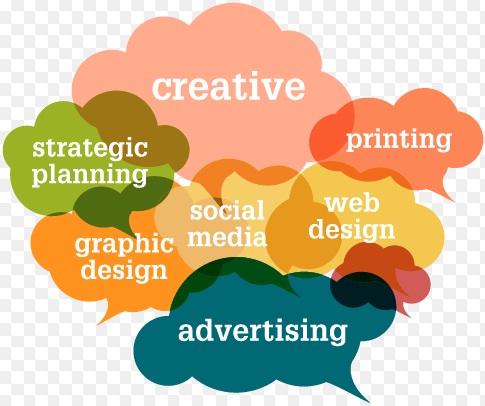 It also notes that while newspaper print circulations continue to fall, their combined print, online and mobile audiences have reached an all-time high 6 .
It also notes that while newspaper print circulations continue to fall, their combined print, online and mobile audiences have reached an all-time high 6 .
It should be clarified here that the situation differs in different regions of the world. WAN-IFRA reported in 2011 that, according to global press surveys, newspaper circulation was indeed falling. However, they are falling, first of all, in Europe and especially noticeably in North America. At the same time, newspaper circulation in Asia and Latin America continues to grow 7 .
The Economist also reported in 2013 that between 2008 and 2013, newspaper circulation in North America fell by 15% and grew by 10% in Asia 8 . China now leads the world in terms of circulation of daily newspapers, ahead of India. WAN-IFRA Executive Director Christoph Ries described these trends metaphorically: “Circulation is like the sun. They continue to grow in the East and decrease in the West” 9 .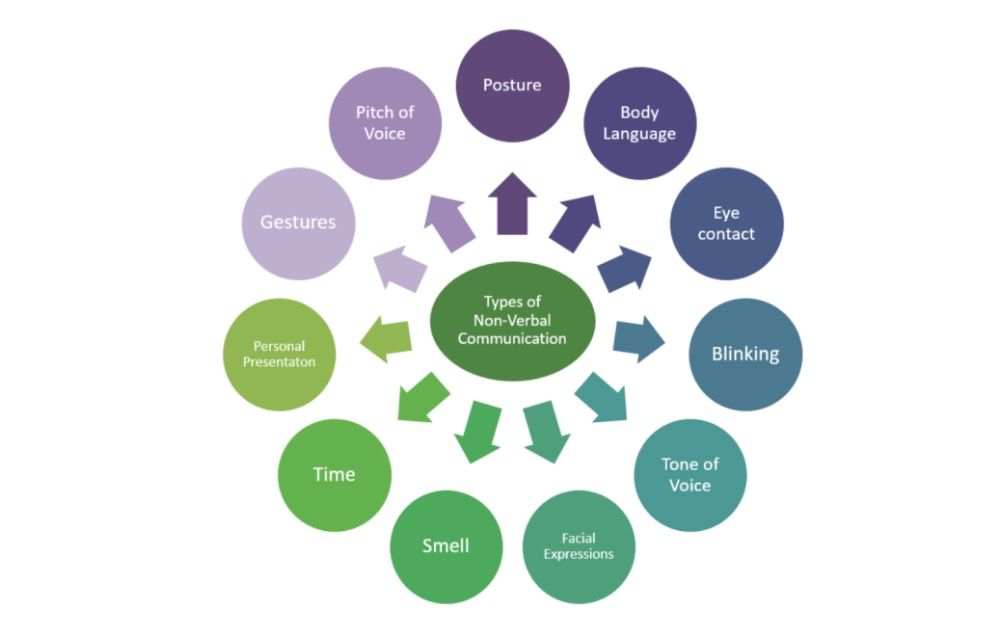
Russia, according to the above data, is among those countries in which the circulation of newspapers is falling especially noticeably. However, according to official statistics, printed periodicals continue to dominate the Russian media market. At the beginning of 2012, their total number was more than 65 thousand registered items 10 i.e. 73% of all media in Russia, being still the most common type of media in the Russian Federation. True, at the same time, the total audience of national newspapers is no more than 20%, but the local press maintains a good position (Vartanova, 2013: 75), which continues to retain its audience. Valery Fadeev, General Director of the Expert media holding, is convinced that despite the fact that the Internet is a very important means of delivering information, nevertheless, content is created primarily by print media. And, first of all, this applies to regional print media, and especially local newspapers, which continue to show growth in circulation 11 .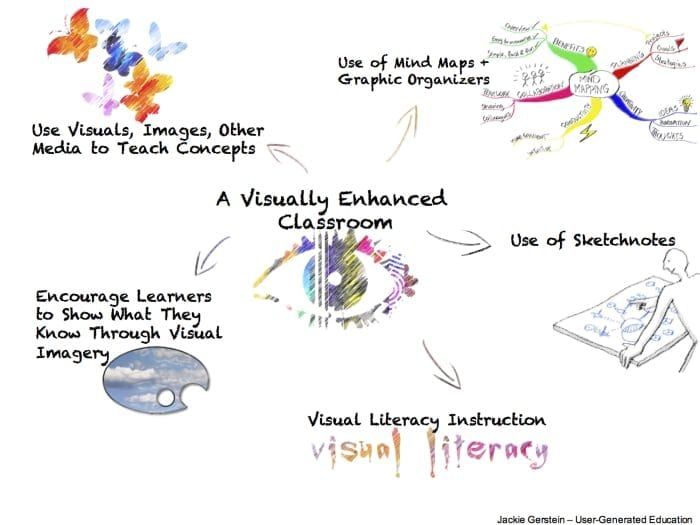 Some media managers are even talking about a renaissance in Russian journalism. This position is shared by Yu. Purgin, General Director of the Altapress Publishing House, who claims that over the past five years, printed publications published by the Altapress Publishing House have doubled the audience 12 .
Some media managers are even talking about a renaissance in Russian journalism. This position is shared by Yu. Purgin, General Director of the Altapress Publishing House, who claims that over the past five years, printed publications published by the Altapress Publishing House have doubled the audience 12 .
Constructively-minded media managers in Russia understand that the Internet cannot completely replace traditional media, and “people who use a wide variety of information, from serious to non-serious press, today work with both the Internet and print media. <...> The Internet has supplanted newspapers as a news medium, but the situation with magazines has hardly changed. It turns out that the displacement process has ended, the situation has stabilized, and has reached a stationary level. This means that the magazines are expected to increase reader interest and return to their previous levels” 13 , says Tatyana Gurova, editor-in-chief of the Expert media holding.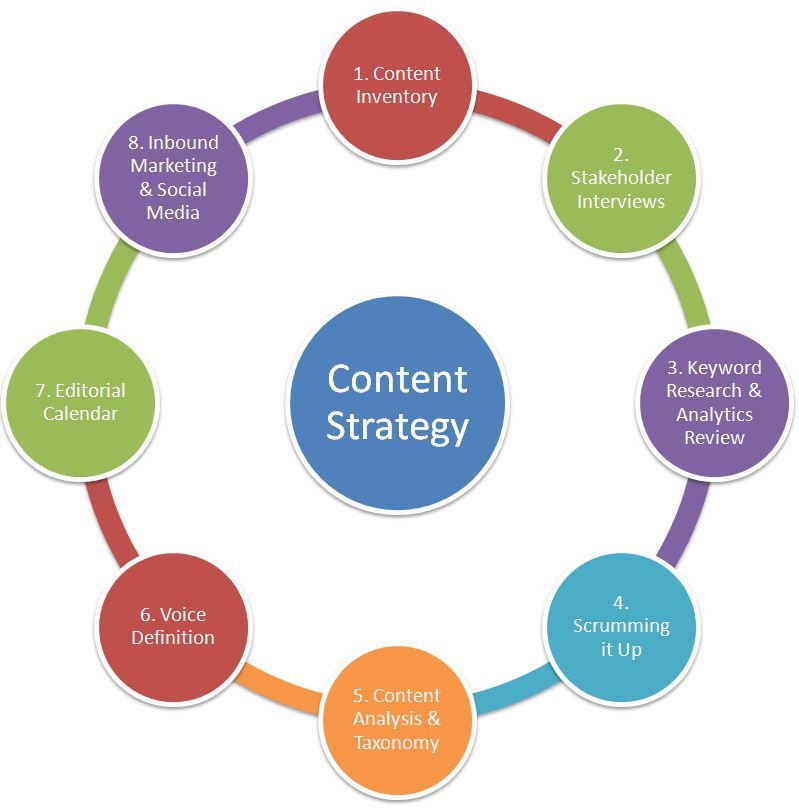
Thus, true professionals in the field of journalism understand that the digitalization of the media does not bring death to the print media, but rather gives them unique opportunities to conquer new territories and to implement new tasks. It is necessary to search for new forms of strengthening the "health" of the periodical press. It is interesting that recently a new, rather unexpected trend has emerged: the return of some publications that originally existed only on the Internet to the traditional printed form for the media. For example, the international Internet site style, com, which writes about fashion and style, began to publish a paper magazine. In Russia, such an example is the online business newspaper Marker, which also publishes a paper version as an appendix for the newspaper Izvestia. One can argue about the tasks that these publications solve in such an unconventional way (most often this is an increase in profits), but this indicates the continuation of the process of media convergence in new, unexpected directions.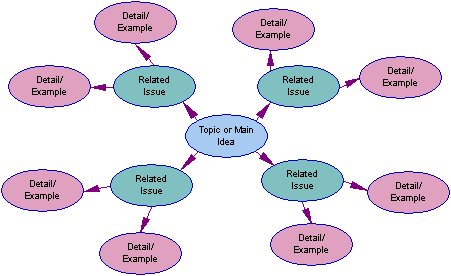 It seems that the paper media have already begun to recover from the shock of the onslaught of new media and learn to use the challenges of the digital revolution for their own development.
It seems that the paper media have already begun to recover from the shock of the onslaught of new media and learn to use the challenges of the digital revolution for their own development.
Among other things, they try to find a solution to the problem of distribution by various innovative means. Thus, an innovative way of producing and distributing printed publications was invented by the Swedish journalist and TV presenter Jlapc Adaktusson. The Meganews kiosk prints magazines at the request of customers right on the spot. To get the edition you are interested in, you just need to select it on the touch screen and pay by credit card. After that, the kiosk contacts the server where the PDF version of the publication is stored, and within two minutes prints the issue of the magazine, which cannot be distinguished from the products produced by the publisher. Meganews can sell an unlimited number of magazines while occupying only a few square meters 14 .
We should not forget that there are objective factors hindering the spread of digital media, both in Russia and in many regions of the world, for example, such as the digital divide. Recall that the digital divide is defined as a limitation in the ability to receive and use information transmitted using new information and communication technologies (Vartanova, Smirnova, 2009: 231). Researchers note that, despite the rapid spread of the Internet and mobile communications, this problem remains extremely relevant in most regions (Dijk van, 2012; The Digital Divide..., 2013). As of June 2012, the number of Internet users in the world amounted to 2.405 million people, or 34.3% of the total population of the planet 15 . Thus, approximately two-thirds of the population is still out of access to online media. As for Russia, according to the FOM, in the fall of 2012, the monthly Internet audience was 61.2 million people over 18, which is more than 52% of the country's total adult population. The Internet audience in our country continues to grow, but the growth rate has noticeably slowed down - from 2010 to 2011 it increased by 17%, and from 2011 to 2012 its growth was only 12% 16 .
Recall that the digital divide is defined as a limitation in the ability to receive and use information transmitted using new information and communication technologies (Vartanova, Smirnova, 2009: 231). Researchers note that, despite the rapid spread of the Internet and mobile communications, this problem remains extremely relevant in most regions (Dijk van, 2012; The Digital Divide..., 2013). As of June 2012, the number of Internet users in the world amounted to 2.405 million people, or 34.3% of the total population of the planet 15 . Thus, approximately two-thirds of the population is still out of access to online media. As for Russia, according to the FOM, in the fall of 2012, the monthly Internet audience was 61.2 million people over 18, which is more than 52% of the country's total adult population. The Internet audience in our country continues to grow, but the growth rate has noticeably slowed down - from 2010 to 2011 it increased by 17%, and from 2011 to 2012 its growth was only 12% 16 . The Internet audience is especially unevenly distributed in urban and rural areas of Russia: the population of rural areas is far behind, and the penetration of the Internet into villages is gradually slowing down 17 . Thus, the problem of digital inequality is still relevant for Russia.
The Internet audience is especially unevenly distributed in urban and rural areas of Russia: the population of rural areas is far behind, and the penetration of the Internet into villages is gradually slowing down 17 . Thus, the problem of digital inequality is still relevant for Russia.
This problem also has a downside: in recent years, researchers are increasingly talking about the excessive availability and even satiety of some users of the Internet and other information and communication technologies - the phenomenon of "IT overdose" 18 . There has been a new trend associated with a completely conscious, and not forced, rejection of the Internet. Of course, individual examples with famous people, such as Hollywood actress Catherine Zeta-Jones, who are actively discussed in the media and are most likely part of PR strategies, cannot be considered indicative 19 . However, according to researchers, this trend has begun to affect the broad masses of ordinary people. Thus, a study of the information needs of residents of the city of Chelyabinsk, conducted in 2012, showed that the Internet occupies a very insignificant place in the modern life of the population of a large industrial Russian center. According to the results, 42% of the population of Chelyabinsk and 81% of the population of the Chelyabinsk region do not need the Internet and ignore it (Zagidullina, 2012: 30-33). The authors of the study believe that if in the case of small cities this result can be attributed to the problem of digital inequality, then in the case of Chelyabinsk, an economically developed city with a population of about 3.5 million people, such an explanation seems insufficient. In their opinion, this demonstrates not just the fact of insufficient digitalization of the information space, but “a conscious “self-delusion” from the trend” (Ibid.: 31). As a result, not just a part of the population remains outside the Internet, but a part of the active population of this region.
Thus, a study of the information needs of residents of the city of Chelyabinsk, conducted in 2012, showed that the Internet occupies a very insignificant place in the modern life of the population of a large industrial Russian center. According to the results, 42% of the population of Chelyabinsk and 81% of the population of the Chelyabinsk region do not need the Internet and ignore it (Zagidullina, 2012: 30-33). The authors of the study believe that if in the case of small cities this result can be attributed to the problem of digital inequality, then in the case of Chelyabinsk, an economically developed city with a population of about 3.5 million people, such an explanation seems insufficient. In their opinion, this demonstrates not just the fact of insufficient digitalization of the information space, but “a conscious “self-delusion” from the trend” (Ibid.: 31). As a result, not just a part of the population remains outside the Internet, but a part of the active population of this region.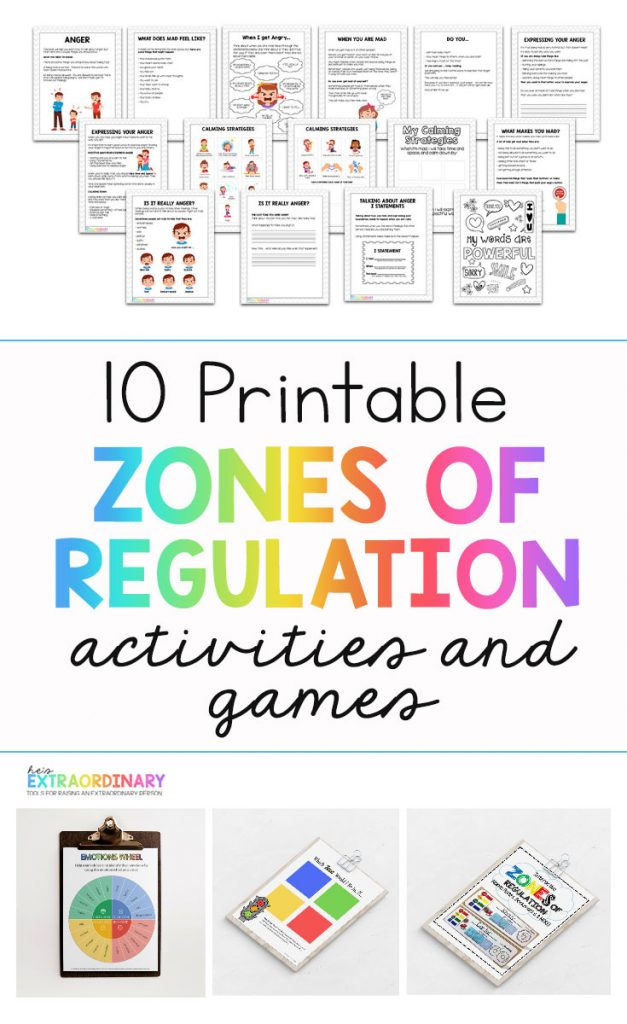 And it is unlikely that this trend applies only to one region.
And it is unlikely that this trend applies only to one region.
Thus, at the moment, print media - and especially local print media - continue to be the main source of information, an integral attribute of public life for the majority of the population, not only in Russia, but also in many other countries, to a large extent continuing to perform the function of consolidating the information agenda. .
Thus, the facts refute the thesis about the death of the print media, rather confirming the thesis that newspapers and magazines will not disappear anytime soon. Moreover, they will be able to bring a good income, this will be possible if they value and use their advantages. Printed publications are obliged to maintain their traditional role as providers of quality information in the future. To solve this problem, they need to adjust their strategies that will allow them to function successfully in the digital era, not only to survive, but also to gain new positions.
It seems that the strategies of modern print media should include the following key components:
• strategy for digital development of print media;
• a strategy to maintain a high level of professionalism of journalists and the quality of the content of the publication;
• a strategy for restoring the reputation of the print media as active and needed by society.
The digital development strategy for print media involves, first of all, the development of convergent and multi-platform media. At the same time, the development of the Internet version, the creation of digital TV and RV, following the example of, say, the Komsomolskaya Pravda publishing house, does not imply a mandatory rejection of the printed format, but requires the need to quickly supplement it with new tools that will allow it to keep up with the times. One cannot but agree that in the modern era, new information technologies, including the Internet, have become an integral part of the journalistic profession.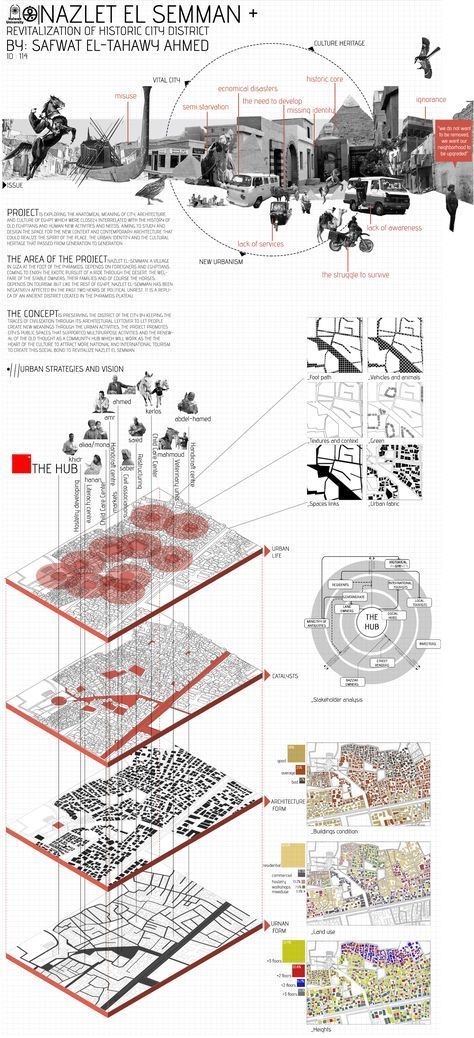 Therefore, the most important direction in the context of this strategy is the development of digital competencies of journalists and media editorial staff.
Therefore, the most important direction in the context of this strategy is the development of digital competencies of journalists and media editorial staff.
The second strategy provides for special efforts to maintain a high level of professionalism of journalists and the quality of the content of the publication. The researchers emphasize that the remediation of traditional media should include the preservation of their priority qualities, the rejection of which can cause great harm to the whole society. Mass media are the most important socio-political institution, as well as an institution of culture in society, which contributes to the development of education, the preservation of the language, and various forms of high art. First of all, the media should meet the needs of society and then only the needs of economically interested groups (Vartanova, 2013: 31-32). It is likely that often under economic as well as technological pressure, conditions are created when the media perform their social tasks worse, hindering the development of the public sphere in the interests of all its participants.
Against the background of the transformation in the activities of the media, negative trends have formed, such as the standardization and simplification of the plots of publications, the weakening of the level of analytics, and the individual skill of employees. As highly skilled professional journalists become more and more expensive, media executives are forced to turn more frequently to syndicated cheaper or free products, including blogging content.
At the same time, there is a position that those qualities of the press that are considered to be its shortcomings - paid information, insufficient efficiency, limited volumes - may at some point turn out to be its advantages. Yes, the amount of information available on the Internet is almost limitless, but the value of this information is rapidly moving towards zero (Ryazhsky, 2010). Quality, authenticity, authoritativeness of information are the strengths of print media, which offer readers only a pre-selected product created by authors who have passed professional selection. “The farther, the more the professional word will be in demand by society...”, experts believe (ibid.).
One of the phenomena of the print media is the still relatively high level of trust from the audience. “This is trust accumulated over the centuries, plus the feeling, probably, that a word written by a journalist has already been read many times: by editors, proofreaders, and so on. It is also important that the printed word does not have retroactive effect, while on the Internet you can retroactively delete or, much worse, change the material, and the link to it will no longer be objective. Hence the gigantic lack of trust that readers have in the blogosphere” (Poleskov, 2010: 26).
The All-Russian Public Opinion Research Center (VTsIOM) presented the results of a study in 2013, according to which Internet users today are more likely to trust traditional media (56%) than blogs (8%). And another 25% reported that they equally trust the information contained in traditional media and blogs. Most of all, active Internet users (11%) and those who read blogs (20%) tend to trust blogs more 20 .
Most of all, active Internet users (11%) and those who read blogs (20%) tend to trust blogs more 20 .
“In recent years, there has been a discussion about the future of journalism, that the influence of bloggers is growing and sooner or later traditional media will either die or be reborn into something else. But our research shows that it is too early to bury traditional media” 21 - this is how Olga Kamenchuk, a representative of VTsIOM, commented on the results of the study.
However, in order to restore the reputation of the print media as active and necessary for society in the current conditions, special efforts are needed, since the matrix “the imminent death of the print media is a settled matter” 22 is so ingrained that it is perceived as an axiom. Its impact on public consciousness is perhaps even more destructive than objective technological and economic factors. In real life, she has shaped an approach that only exacerbates the effects of the print media crisis. So, in Russia today, all decisions that are made regarding the distribution and placement of advertising are based on the fact that the Internet is actively attacking, and since the print media cannot be saved anyway, it is not worth even trying 23 .
So, in Russia today, all decisions that are made regarding the distribution and placement of advertising are based on the fact that the Internet is actively attacking, and since the print media cannot be saved anyway, it is not worth even trying 23 .
The destruction of the matrix that the death of the print media is near or has already taken place is the most important task of the journalists themselves. It seems necessary to create a matrix that is opposite in meaning - about the renewal and development of traditional media in the Internet era. By the way, the Russian media analyst V. Gatov, among the 7 trends of 2013 in media and high-tech, named “The non-death of printed publications” and suggested repeating this mantra day after day. Newspapers and magazines do not die, he believes, if only because they remain in demand as a “conservative type of media consumption” 24 .
It should be noted that traditionally, researchers only talk about the competition between the Internet and print media, listing the victories that the new technological platform managed to win over the old one (Viren, 2011: 50-51).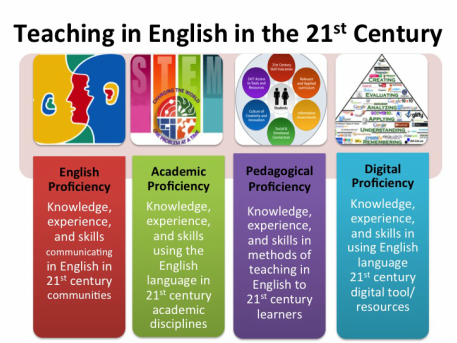 Another persistent stereotype has emerged that new and traditional media can only be in a state of competition, while constructive, mutually enriching relationships could have a beneficial effect on the development of the media as a whole.
Another persistent stereotype has emerged that new and traditional media can only be in a state of competition, while constructive, mutually enriching relationships could have a beneficial effect on the development of the media as a whole.
Of course, researchers analyzing the current state and possible future of traditional journalism and print media (Mersey, 2010; Meyer, 2006) also need to more clearly define theoretical approaches and research tasks in order to help not only comprehend, but also constructively search for new ways for development. It is necessary to correct approaches at the theoretical, conceptual and methodological levels, including updating the existing ideas about newspapers and magazines, concepts and terms in journalism and the actual conceptual approaches to their study. To meet this challenge, a combination of theoretical, critical and empirical research is needed, both in national and global contexts. Actual areas of research are the study of manifestations and signs of transformation, their impact on the production, content and consumption of newspapers and magazines; the reasons for the transformations and the likely consequences for the media and for society as a whole.
Notes
1 The “death of the print media” matrix was largely propagated in public space by American media mogul Warren Buffett, who in 2009 said he saw no future for print news periodicals.
2 Schram S. (2010) Remediation: Will New Media Eat Older Media Alive? Masters of Media 4 September. Access mode: http://mastersofmedia.lium.uva.nl/2010/09/04/remediation-will-new-media-eat-older-media-alive
3 Newspaperdeathwatch website. Access mode: http://Newspaperdeathwatch.com
4 Paton J. The Past Can't Buy the Future. Access mode: http://jxpaton.wordpress.com/2013/06/21/the-past-cant-buy-the-future/
5 Guskin E. Newspaper Newsrooms Suffer Targe Staffing Decreases . Access mode: http://www.pewresearch.org/fact-tank/2013/06/25/newspaper-newsrooms-suffer-large-staffing-decreases/
6 Access mode: http://top.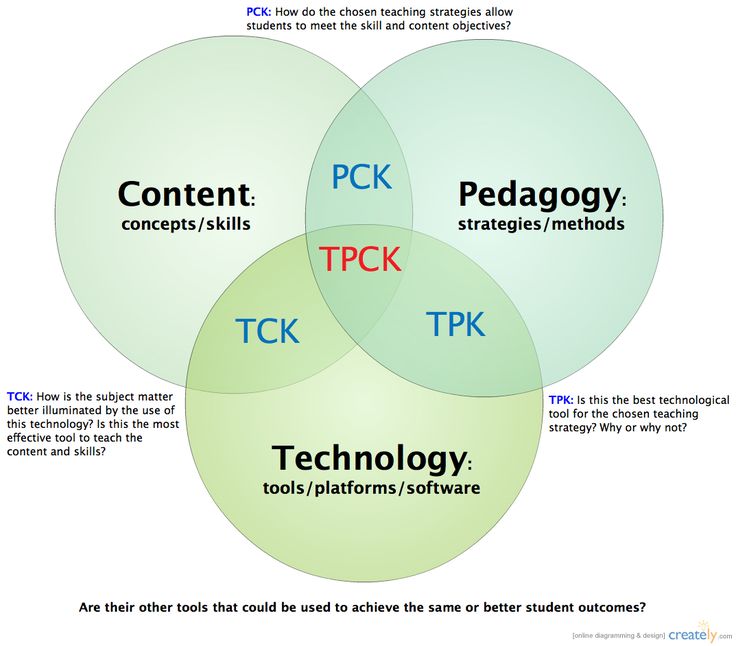 rbc.ru/economics/13/02/2013/844874.shtml
rbc.ru/economics/13/02/2013/844874.shtml
7 World Press Trends: Newspapers Still Reach More Than Internet Globally . Access mode: http://www.nextlevelofnews.com/2011/10/world-press-trends-newspapers-still-reach-more-than-intemet-g...
8 Fold the Front Page. Like the Sun, Newspaper Circulation Rises in the East and Falls in the West (2013) Economist 4 Jun.
9 Available at: http://www.wan-ifra.org/press-releases/2011/10/12/world-press-trends-newspapeis-still-reach-more-tha...
10 Roskomnadzor. Public report. 2012 Access mode: www.rsoc.ru/docs/docP_817.pdf
11 Tyubekina M. Print media: death is exaggerated // Expert Online. Oct 25, 2012 Access mode: http://expert.ru/2012/10/25/pecliatnyie-smi-smert-preuvelicliena/
12 Access mode: http://planetasmi.ru/blogi/comments/19762.html
13 Tyubekina M.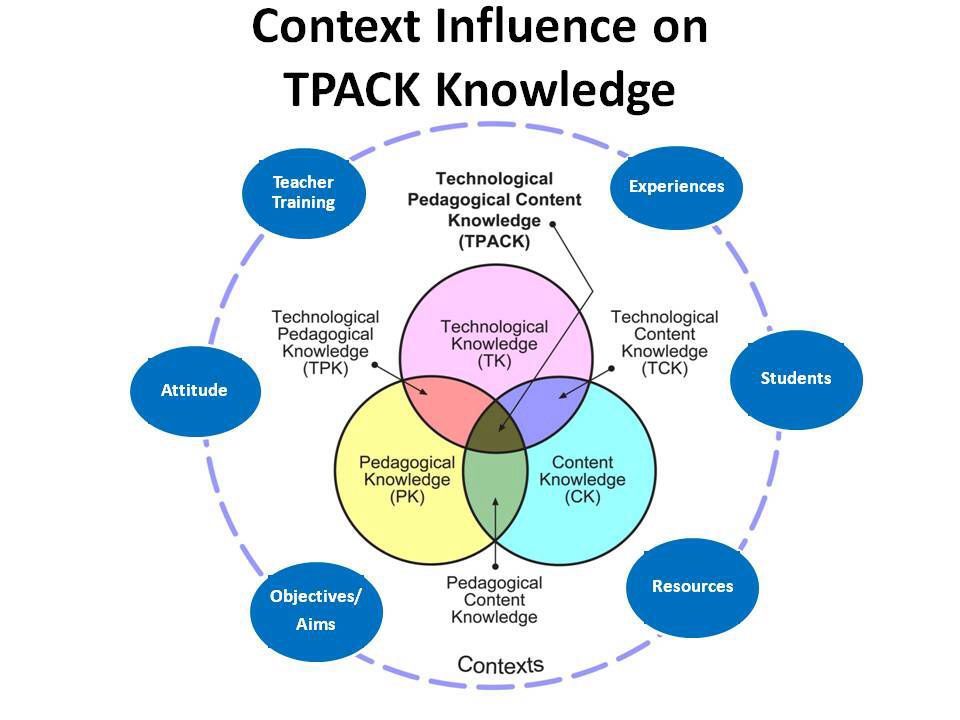 Print media: death is exaggerated // Expert Online. Oct 25, 2012 Access mode: http://expert.ru/2012/10/25/pechatnyie-smi-smert-preuvelichena/
Print media: death is exaggerated // Expert Online. Oct 25, 2012 Access mode: http://expert.ru/2012/10/25/pechatnyie-smi-smert-preuvelichena/
14 Access mode: http://www.meganewsmagazines.com/index2.htm
15 Access mode: http://www.internetworldstats.com/stats.htm
16 Access mode: http://company.yandex.ru/researches/reports/2013/ya_internet_regions_2013.xml
17 Access mode: http//:3A%2F%2Fcompany.yandex.m%2Fresearches%2Freports%2F2013%2Fya_internet_regions_2013.xml
18 Overdose of information received through information and communication technologies.
19 Giving up the Internet helped Catherine Zeta-Jones overcome depression // Vesti.Ru. Access mode: http://www.vesti.ra/doc.html?id=961302
20 Blogs or traditional media: what is more trusted by the Internet audience? // Press release of VTsIOM. No. 2354. Access mode: http://wciom.ru/index.php?id=459&uid=114305
No. 2354. Access mode: http://wciom.ru/index.php?id=459&uid=114305
21 See: Khodorych A. VTsIOM poll: bloggers lost to journalists. Access mode: http://www.rbcdaily.ra/media/562949988125463
22 See: Miroshnichenko A. When newspapers die - I. Accelerators of death // slon.ru. March 26, 2010. Access mode: http://slon.ru/toure/kogda_zhe_umrut_gazety_i_uskoriteli_smerti-341714.xhtml
23 See: Tyubekina M. Print media: death is exaggerated // Expert Online. Oct 25, 2012 Access mode: http://expert.ru/2012/10/25/pechatnyie-smi-smert-preuveli-chena/
24 See: Gatov V. Before and after the end of the world: 7 trends of 2013 in media and high-tech // slon.ru. Dec 28, 2012 Access mode: http://slon.ru/future/do_i_posle_kontsa_sveta-870712.xhtml
Bibliography
Vartanova E.L. On the need to modernize the concepts of journalism and the media // Vestn. Moscow university Ser. 10. Journalism. 2012. No. 1.
10. Journalism. 2012. No. 1.
Vartanova E.L. Post-Soviet transformations of Russian media and journalism. M., 2013.
Vartanova E.L., Makeenko M.I., Vyrkovsky A.V. Multimedia strategies of Moscow FM radio stations // Vestn. Moscow university Ser. 10. Journalism. 2011. No. 6.
Vartanova E.L., Smirnova O.V. Digital Divide and Terrorism // Journalism and Media Against Terror. Moscow: MediaMir, 2009.
Viren G. Internet and traditional print media in Russia: problems of coexistence and mutual influence // Medi@lmanakh. 2011. No. 1.
Zagidullina M.V. Life without the Internet: millions outside the trend "of their own free will" // Communication infrastructure of a modern city: Abstracts of the conference. M.: Faculty of Journalism of Moscow State University, 2012.
Zemlyanova L.M. Remediation of the verbal energy of newspaper information (Reasons, opportunities and goals from the point of view of modern foreign communication studies) // Four centuries of newspapers. Will there be a fifth? M.: Faculty of Journalism of Moscow State University, 2010.
Will there be a fifth? M.: Faculty of Journalism of Moscow State University, 2010.
Poleskov K.K. Perspectives of the newspaper in the XXI century // Four centuries of newspapers. Will there be a fifth? M.: Faculty of Journalism of Moscow State University, 2010.
Ryazhsky Yu.O. Perspectives of the newspaper in the XXI century // Four centuries of newspapers. Will there be a fifth? M.: Faculty of Journalism of Moscow State University, 2010.
Fink K. Strategic newspaper management. Samara: Fedorov Corporation, 2004.
Bolter J.D. (2000) Remediation and the Desire for Immediacy. Convergence 6.
Bolter J.D., Grusin R. (2000) Remediation. Understanding New Media . Cambridge, Massachusetts: The MIT Press.
Dijk J. van. (2012) The Network Society: Social Aspects of New Media. 3 rd ed . London: Sage.
der Haak B., van Parks M., Castells M. (2012) The Future of Journalism: Networked Journalism Intern.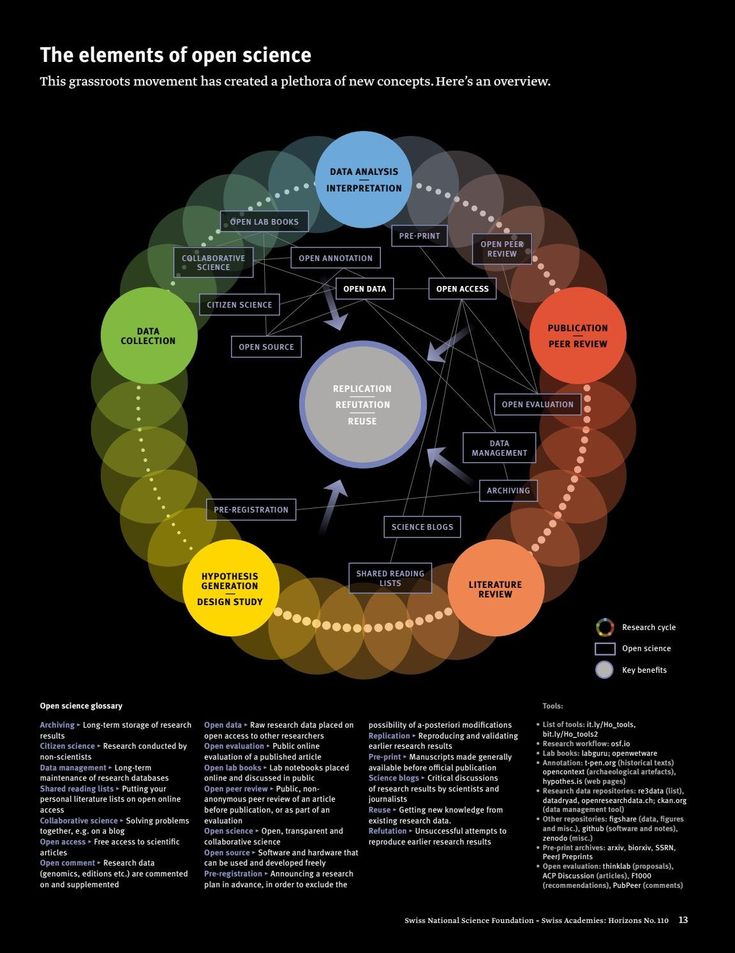 Journal of Communication 6.
Journal of Communication 6.
Feldman T. (1996) An Introduction to Digital Media . London, New York: Routledge.
Flew T. (2005) New Media. An Introduction . Oxford: Oxford University Press.
McQuail D. (2005) McQuail's Mass Communication Theory. 5 th ed. London: Sage.
Mersey R. D. (2010) Can Journalism Be Saved? Rediscovering America's Appetite for News . New York: Praeger.
Meyer P. (2004) The Vanishing Newspaper: Saving Journalism in the Information Age . University of Missouri Press.
Ragnedda M., Muschert G.W. (eds.) (2013) The Digital Divide. The Internet and social inequality in international perspective . London; New York: Routledge.
Vartanova E., Makeenko M., Vyrkovsky A. (2013) Multimedia Strategies for Radio Stations in Moscow. In M. Friedrichsen, W. Muhl-Benninghaus (eds.) Handbook of Social Media Management . Berlin, Heidelberg: Springer-Verlag.
Berlin, Heidelberg: Springer-Verlag.
Received July 9, 2013
1. Concepts, subject, essence of the strategy and economic policy of the state
State represents a political organization of people living in a particular economic territory, administrative government-run country within which persons, goods and money can move freely. In practice, the state implements a policy that expresses interests of the dominant social group (layer, corporation) or is compromise between group interests, if there are several such groups.
Political state strategy determines direction of changes in the balance of power social strata at a certain stage historical development. Based strategic tasks, state maintains public order regulates the activities of citizens and creates conditions for the development of personal initiatives, guards security, legal liberty and property everyone, contributes to the development of certain other moral guidelines in society.
If a state strategy reinforces it position in the world community, then can be considered national, otherwise case - anti-national.
Economic state strategy determines transformation of priorities and tools government intervention in economy to implement its political strategies. It characterizes the direction actions of the state and the principles of their implementation in the most general form for long term.
Economic politics concretize principles government intervention in economy to implement its strategic tasks in the current period in the context the following interrelated areas state activities:
foreign economic export policy and import of goods and services, attracting foreign capital and the export of capital abroad;
institutional organization change policy economy – creating new or eliminating old economic, social and financial institutions, changing their functions and relationships;
structural change policy macroeconomic proportions between final consumption and gross savings, income and expenses state, export and import, sectoral and regional structures economy;
social social development policy services, income differentiation of social layers and encourage certain types activities;
investment scaling policy investments, their sources and directions use;
politics regulatory pricing prices in the consumer market and prices manufacturers;
financial policy in the field of formation and use of public financial resources, control over the intended use state budget funds;
monetary monetary policy and credit;
regional policy towards economic integration of regions and their social bundle;
zonal policy towards economic integration with neighboring states.
The list of economic state policy changes in depending on the historical stage development. To these can be added industry policy in the context of sectors of the material production and non-production areas (for example, industrial policy or health policy), privatization policy or property reprivatization, tax politics, etc. However, all these directions detail the directions above. economic policy.
From list of economic policy it is clear that the subject of study course "Strategy and economic state policy" is systematization of knowledge in the field of measures state influence on economics to identify patterns the state's choice of strategic priorities and tools for their implementation in concrete historical conditions.
Any activity implies plan or well-defined sequence of actions in time and in space to achieve set goals. In the economic activity plan takes shape balance linking production (resources) and distribution (use) benefits and income, and is the most important strategy implementation tool states.